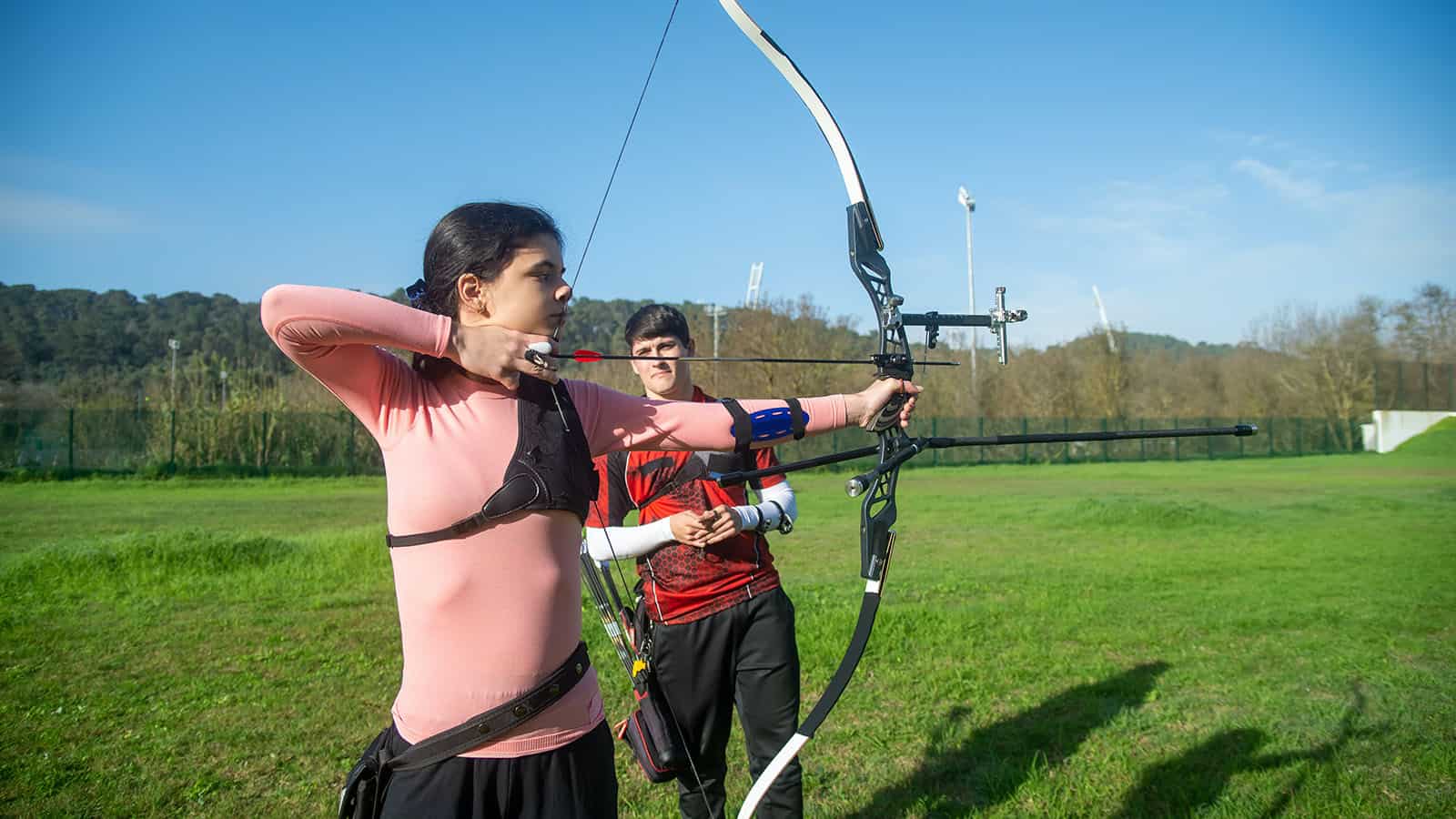How to Choose the Bow Draw Weight
One of the first few issues that you face when you are buying a bow is getting the bow with the right bow draw weight. This is why we have put together this comprehensive guide. At the end of this step-by-step tutorial, you will know how to determine the draw weight as well as how to choose the bow draw weight.
What is Draw Weight?
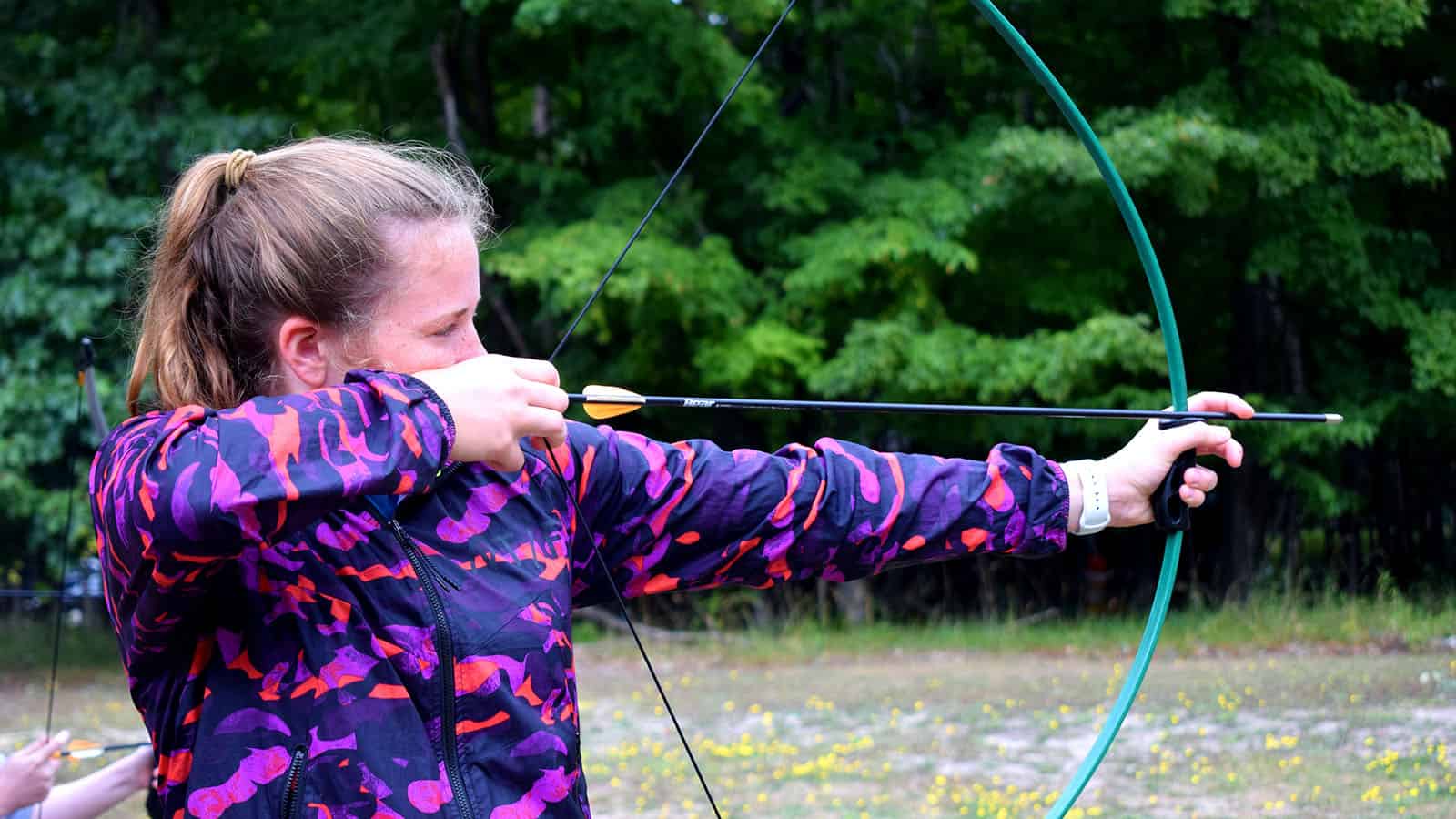
Simply put, pulling back on a bow and holding the draw to aim your shot takes strength. The draw weight of the bow is also referred to as poundage. It is the pull weight which applies to your fingers on the string while the bow is fully stretched and it determines how much strength you need to take a shot.
Every bow has a draw weight and it is measured in pounds. Some recurve bow draw weights come in a range and can be adjusted accordingly to your needs and preferences. If you have a bow like this, check out our guide to learn how to adjust draw weight on a compound bow! On the other hand, some bows come in a fixed draw weight that is not adjustable.
Just as there are bows of different sizes and draw weights, people come in different sizes and weights. This means that some archers will be more comfortable pulling 30 pounds, while another person may be able to pull over 70 pounds.
In addition, when choosing the draw weight of a bow, you have to consider your sex, build and general strength. It also depends on your experience level. Given that, it is important to know that every person has an ideal draw weight.
Importance of Determining Optimal Draw Weight
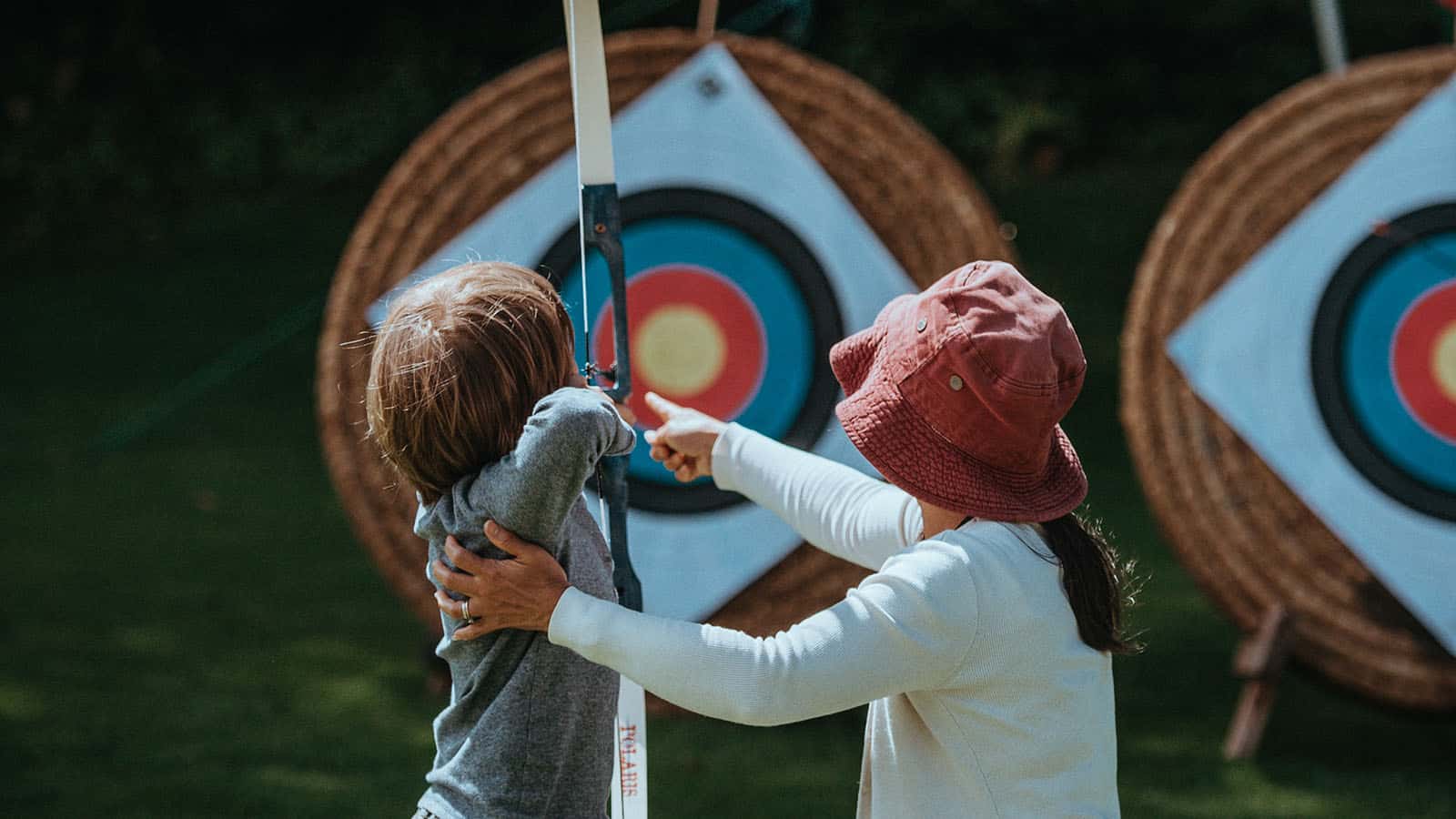
If you are just starting out, you may be wondering “does draw weight matter?”. The short answer is yes, determining your optimal draw weight is very important when deciding on the right bow for you!
Just as you may injure yourself when you lift weights that are beyond your strength and capabilities, you may increase your risk of injury if you shoot draw weights that are heavier than your natural ability.
Bowhunters should therefore shoot as much poundage as they can safely pull and accurately shoot. You should be able to shoot comfortably, point your bow at the target and draw the bowstring straight back smoothly with little movement.
Generally, beginners should start with a low draw weight so that they will not be ‘overbowed’. When an archer is overbowed, he or she is unable to draw the bow back to the anchor position without aiming the bow up into the air which can be dangerous.
Things You Will Need
a. Draw length method.
This method is the most widely used method across most archers.
- Measuring tape
- A friend
- Calculator
b. Draw weight chart method.
This method is convenient and simple, but may not be extremely accurate. It is great for those who are just starting out and need a starting point for a first-time adjustment.
- Your weight measurement
- Draw weight chart
c. Draw weight scale method.
This is the easiest way to accurately determine and fine tune your draw weight.
- Bow
- Arrow
- Draw weight scale: The Weston Bow Scale is a great and affordable option.
Choosing the Bow Draw Weight: Step-by-step Guide
1. Determine your draw length
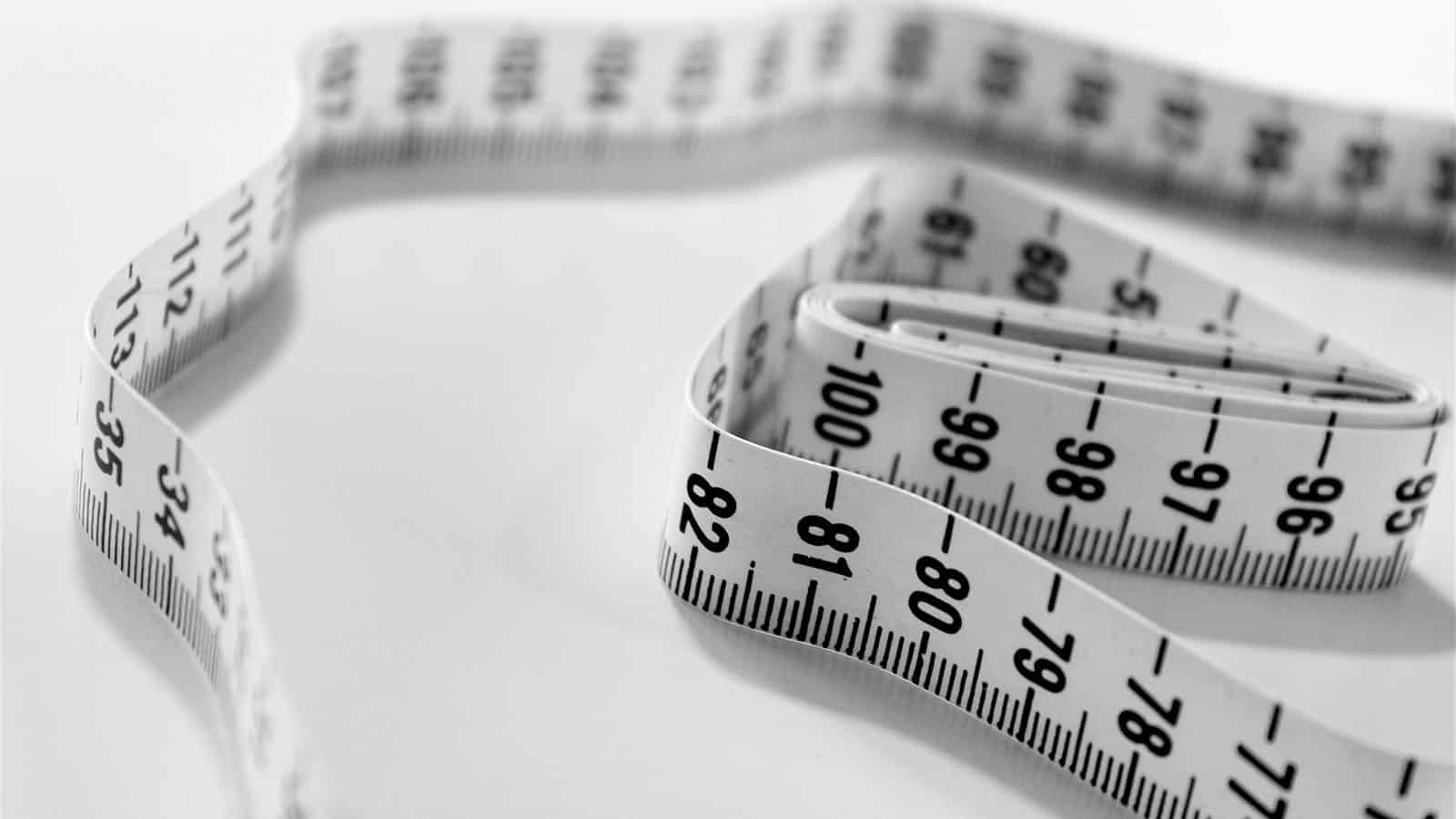
Your draw length is how far you pull the string back. It is measured in inches. Because the standard for determining the draw weight of a bow is taken at 28 inches of draw length, it is important to determine your draw length.
For each inch over 28 inches, your bow weight will increase by 2.5 lb. Conversely, your bow weight will decrease by 2.5 lb for every inch under 28 inches. In addition, the longer your overall draw length, the more tension you will create, causing an increased draw weight. On the other hand, an archer with shorter arms will have a significantly lower draw weight.
You are going to need some help from a friend, a measuring tape, as well as a calculator to determine your draw length!
Start by standing with your back to a wall. Stretch your arms out against the wall and have your friend measure the distance from the end of your middle finger to the end of your other middle finger.
Then, with this measurement, use a calculator to divide your wingspan by 2.5 to get your draw length. To determine draw weight using this measurement, you have to pay attention to the draw weight that is marked on the bow’s lower limb. This is usually marked with the pound sign “#”.
If you see 35# @ 28” on your bow, it means that your bow has 35 pounds of draw weight at a 28-inch draw length. To determine actual draw weight, divide the bow’s indicated draw weight by 20, then multiply by the number of inches your draw length differs from 28”.
Here is an example for you to visualise this method more clearly!
- After her friend helped her to measure herself against the wall, Mary determined that her draw length is 72.75 inches.
- Using the above method, take the measurement and divide it by 2.5.
- Mary’s draw length is therefore 29.1 inches!
- Mary’s actual draw weight for a 35# @ 28” bow is then 35 + [35/20 x (29.1”-28”)] = 36.925 lbs.
If your draw length is lesser than 28 inches, subtract instead of add. For example, if Mary’s draw length is 27 inches, her actual draw weight for a 35# @ 28” bow is 35 – [35/20 x (28-27)] = 33.25 lbs.
For most shooters, this is a simple and accurate way to determine actual draw weight!
2. Use a draw weight chart
Lucky for us, there are many available draw weight charts out there that help you to choose an average draw weight that will be optimal based on your own body weight and gender. Most charts out there are based on compound bows or recurve bows.
If you are aiming to determine your longbow draw weight, simply shoot 15 pounds lighter than your compound bow draw weight.
Here is a draw weight chart that can help you determine your starting draw weight limit. If you have never shot a bow before, it is recommended that you go for the lower draw weight range in the chart below.
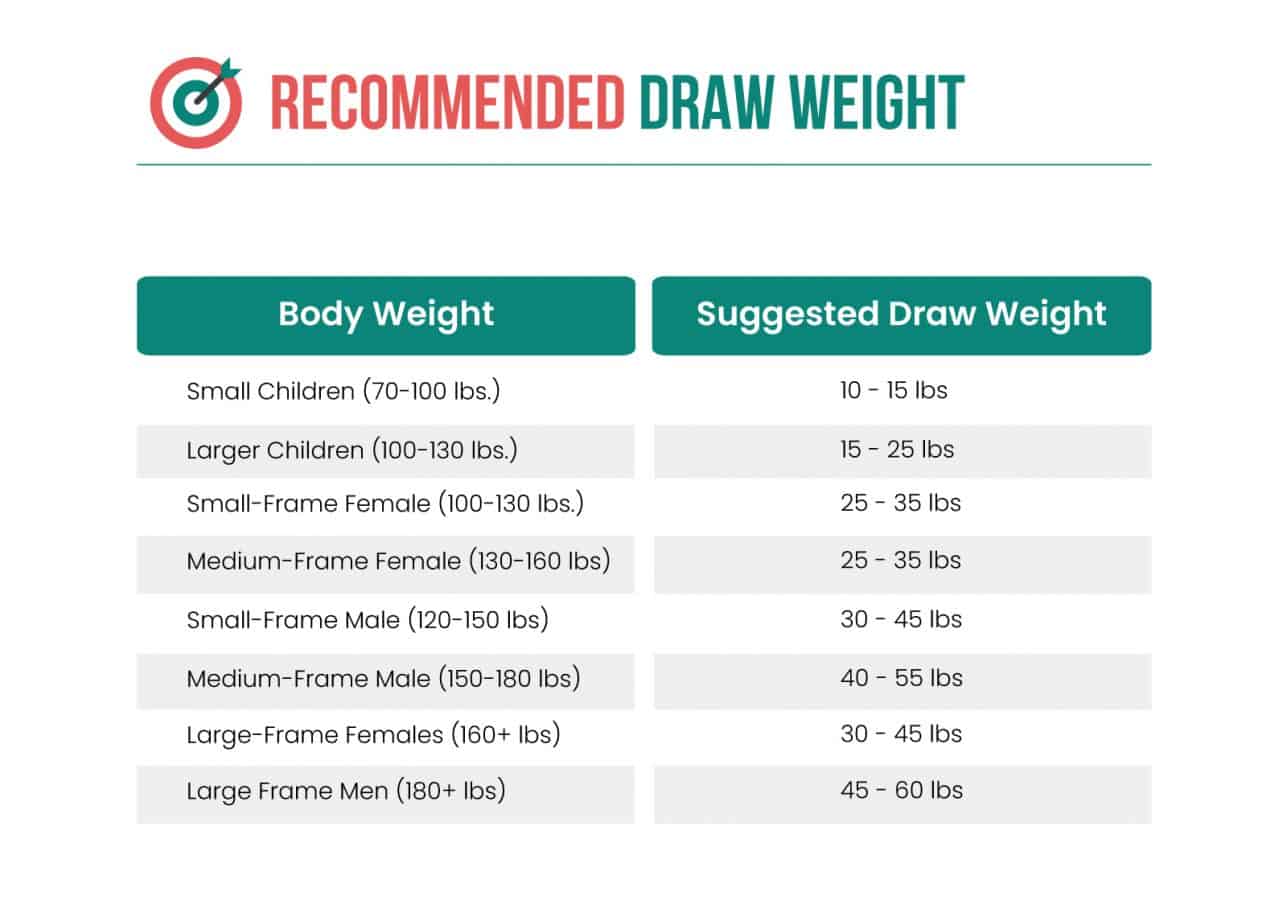
3. Use a draw weight scale
Using a draw weight scale is the easiest way to determine and fine tune your draw weight. To use a draw weight scale, nock the arrow and attach the draw weight scale to the bowstring.
Then, raise the bow and pull it back to full draw, keeping good form. Finally, read the measurement on the draw weight scale. To eliminate human error, take an average over multiple measurements.
If you are still confused about how you can determine both your proper draw length and draw weight, here is a video that explains the method for you to use. It is a simple and accurate way that will definitely help you to figure out your optimal settings.
The video also clearly explains what to look out for to know that your draw weight is too heavy for you.
Determining Bow Draw Weight: Additional Tips
Factor in your goals
Think about what you would like to achieve as an archery. If you want to use the bow for target shooting, most draw weights will suffice – even 25 lbs! However, if you want a bow for both hunting and target practice, go for a bow with a draw weight of 40 lbs or more.
It is also important to factor in your hunting needs when you are choosing the bow draw weight. If you are looking to hunt small game such as hogs, deer and turkeys, you can select a bow with a lower draw weight. However, when bowhunting larger animals like elk, moose, and bears, you will definitely need one with a larger draw weight such as 55 lbs or more.
Lose the ego
Always remember that having a high draw weight is not something that one should be bragging about! Many people have the tendency to want to shoot a higher poundage for the sake of ego. Don’t lose sight of wanting to actually have fun or excel in archery.
Conclusion
With so many numbers and calculations, choosing the bow draw weight may seem like a challenging task at first. But with the right steps and some useful tips, you will be well on your way to determining your optimal bow weight and choosing a right bow for yourself!
Which method of determining the bow draw weight have you tried? Which do you prefer? Let us know in the comments section. If you learned something from this guide, be sure to share this article to your friends who are interested in archery and bowhunting!
